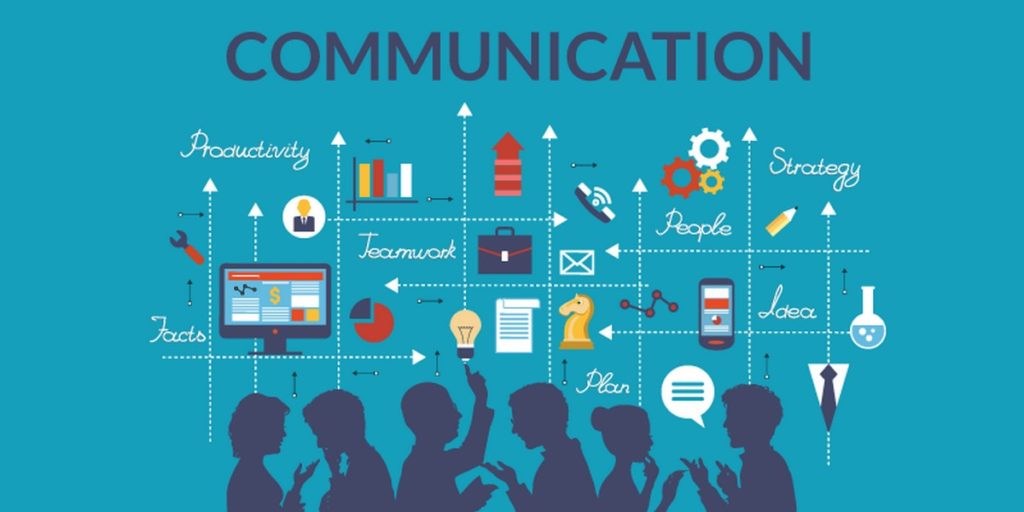
The single biggest problem in communication is the illusion that it has taken place. – George Bernard Shaw
A story is told of a man who dialed a wrong number by mistake and got the following recording, “I am not available right now, but I thank you for caring enough to call. I am making some changes in my life. Please leave a message after the beep. If I do not return your call, you are one of the changes.” Talk about your not so subtle message.
Employee engagement and the manner in which you communicate as a leader is essential to the success of your organization. It matters now more than ever especially during this time of remote work that so many are still participating in.
One of the barriers to good communication and employee retention is found in the ability of your people to not only receive good feedback but also in their ability to give it. Click To TweetThis was pointed out recently in a TinyPulse article regarding employee retention.
In the article, it was brought out that employees that don’t feel comfortable in giving upward feedback are 16% less likely to stay at their companies. It went on to say that while 60% of employees have a way to provide feedback about their employee experience, only 30% said that their feedback is acted upon. And this is where change can and should occur.
As a leader, you know how important your workplace culture is to your overall success. You also know that the way in which you provide feedback to your people is equally important. But feedback is only as effective as each person’s ability to receive it and give it.
What is the ultimate benefit to the health of your organization if the only feedback given is top-down? What purpose does this serve and in what realistic way do you think you benefit as a leader if your people do not have a regular means of talking to you?
Here are four simple tips to consider for the benefit of everyone as you think about employee engagement and employee retention.
Be intentional
You must make it known that you are always available to talk with anyone who wants that opportunity. But you need to do more than just provide lip service. Give specific times and days when you make yourself available for conversations and not just ask for feedback in writing. Many things get lost in translation. Have an open-door policy and make it known.
Be receptive
If you really want the feedback to mean something, be receptive to what you hear. Listen with an open mind and try not to be defensive. Listen to what your people have to say with the understanding that this is likely not easy for them. But when the conversation is over your people need to leave with the confidence that they were heard and respected.
Be responsive
The worst thing that can happen is for one of your people to come and give feedback and feel that they have been dismissed or not taken seriously. Be responsive to their feedback and listen with an open mind. Typically, those closest to the problem or concern have the greatest sense of clarity regarding the issue. Click To Tweet Listen respectfully and respond accordingly.
Be appreciative
As mentioned already, giving upward feedback may not be the most comfortable thing your people do so don’t make it any harder for them. Be appreciative of the fact that your people are invested enough to come to you. It means that they care.
Final Thoughts
Just as loyalty is a two-way street, so too is feedback. And while not every idea or concern is something that you can address or satisfy to their liking, you can set a positive tone in your organization by being a leader who listens.
Employee engagement and retention is up to you. If your people do not believe that they are being taken seriously or are valued then they will find a place where they are.
©2020 Doug Dickerson






